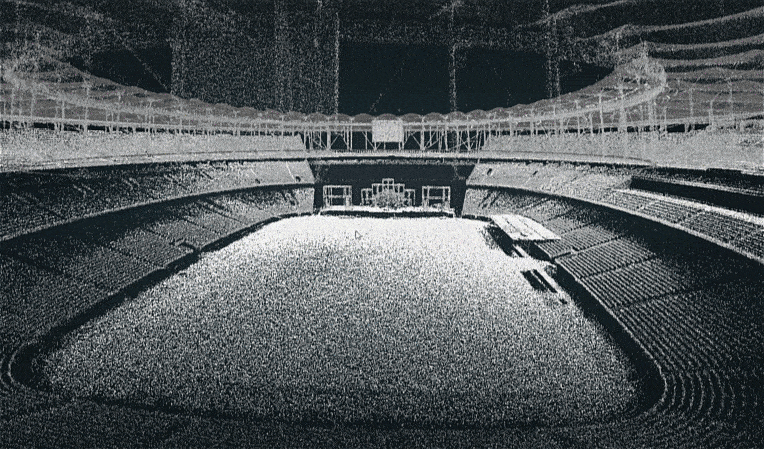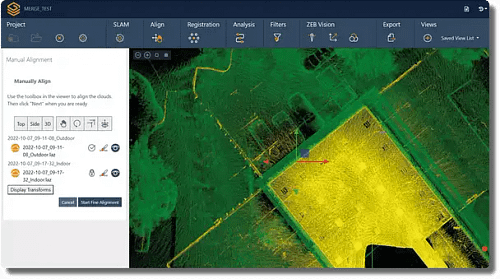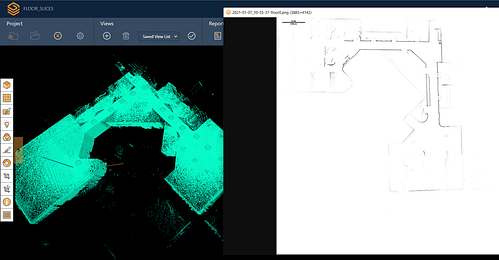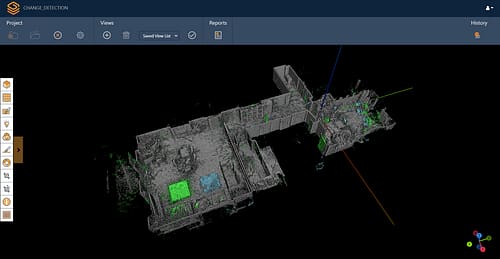Last Updated on 25th April 2022
Football is as synonymous with Brazil as the Amazon Rainforest, Copacabana Beach and Christ the Redeemer. In recent years the country has played host to both the Olympics and World Cup tournaments and its national team has won the latter five times, more than any other country in the world.
Any professional sports team requires a lot of support both on and off the pitch, with staff employed at clubs everywhere to keep stadiums and training grounds running smoothly. It’s not an easy job making sure these huge infrastructure projects are well maintained, cleaned and secured for the thousands of people who visit them every season.
The Arena Fonte Nova stadium in Salvador, Brazil most famous for the Netherlands’ 5-1 win over reigning world champions Spain in the 2014 world cup, the ZEB Horizon was recently used by LATAM Channel Manager Gabriel de Barros Paxedes to demonstrate how easily laser scanning data can be captured and used for managing these giant facilities.

Robin Van Persie’s famous goal during Netherlands v Spain (sorry to our Spanish friends)
Gabriel used the ZEB Horizon to capture data in two sections – at pitch level and the top tier. Walking at normal speed and holding the device, he was able to capture the entire 48,000 capacity stadium in less than an hour without needing to gain access to hazardous areas like the roof.
Watch Gabriel’s video diary below to see how the ZEB Horizon in action.
Once captured, the data set totalled over 24 million points but was processed in GeoSLAM Hub in just 50 minutes. Within GeoSLAM Hub, the pointcloud data can be viewed and manipulated by everyone from maintenance staff to architects and owners. View the stadium data yourself using our new viewer.

Stadium pointcloud within the GeoSLAM data viewer
Taking the data into GeoSLAM Draw, stakeholders can record dimensions and tag assets as well as georeferencing to real-world coordinates. 3D data can be transformed into 2D floorplans for space management, risk assessments and construction projects.
In future we will no doubt see more sports teams and entertainment venues using LiDAR data for a range of FM applications, in particular helping to minimise their carbon footprint by designing eco friendly energy efficient stadiums like the recent news of Forest Green Rovers in the UK. The club have commissioned a wooden stadium designed by renowned firm Zaha Hadid Architects. We look forward to the positive impact LiDAR can have in a more sustainable world.
Thanks to our dealers CPE Tecnologia who provided the ZEB Horizon device for this demonstration.













